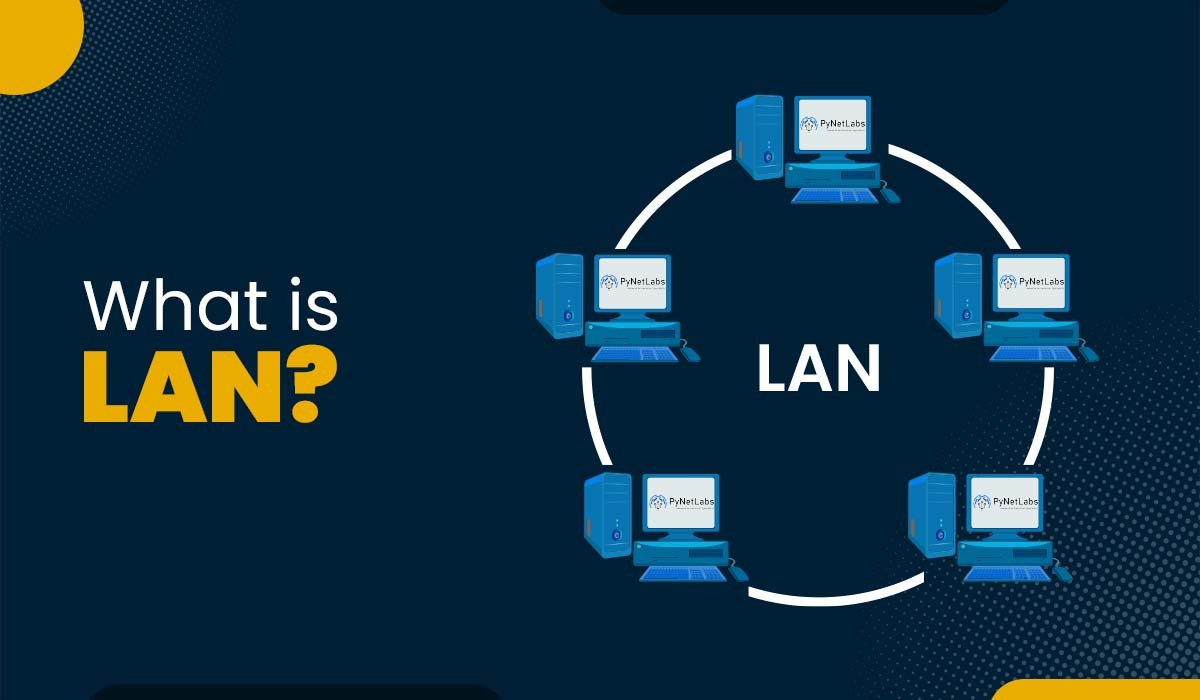
In today’s interconnected world, the concept of a Local Area Network (LAN) plays a critical role in how we share resources and communicate within confined environments. Whether at home, in schools, or in businesses, LANs provide a foundation for seamless connectivity and collaboration. But what exactly is a Local Area Network? This article explores the definition, functions, and real-world applications of LANs, providing you with a comprehensive understanding of their significance.
What is a Local Area Network (LAN)?
A Local Area Network (LAN) is a network that connects multiple devices within a limited geographic area, such as a home, office, or campus. The primary purpose of a LAN is to enable devices to share resources like files, printers, and internet connections. Unlike Wide Area Networks (WANs), which cover large geographic regions, LANs are typically restricted to a single building or a closely connected group of buildings.
LANs are characterized by their high speed, low latency, and cost-effective infrastructure. They form the backbone of modern workplaces and homes, ensuring efficient communication and resource sharing among connected devices.
Components of a LAN
To understand how a LAN operates, it’s essential to recognize its core components:
- Devices:
- Computers, laptops, smartphones, printers, and other devices that are connected within the network.
- Networking Hardware:
- Routers: Direct data traffic and manage connections to external networks.
- Switches: Connect multiple devices within the LAN, ensuring efficient data transfer.
- Access Points: Enable wireless connectivity for devices within the network.
- Cabling:
- Ethernet cables are commonly used to establish physical connections between devices.
- Software:
- Operating systems and network management tools that facilitate communication and resource sharing.
- Protocols:
- Rules governing data transmission, such as TCP/IP and Ethernet protocols.
Functions of a Local Area Network
LANs serve several crucial functions that make them indispensable in modern settings. These include:
- Resource Sharing:
- LANs enable devices to share resources like printers, scanners, and storage drives, reducing the need for redundant equipment and lowering costs.
- Data Sharing:
- Users within a LAN can easily share files and data, facilitating collaboration and productivity.
- Communication:
- LANs support various communication tools, such as email servers, instant messaging platforms, and video conferencing applications.
- Centralized Management:
- Administrators can manage resources, monitor network activity, and enforce security policies from a central location.
- Internet Access Sharing:
- LANs allow multiple devices to share a single internet connection, optimizing bandwidth usage.
- Gaming and Entertainment:
- LANs are often used for multiplayer gaming and streaming media content within households or gaming centers.
Types of Local Area Networks
LANs can be categorized based on their architecture and connectivity methods:
- Wired LAN:
- Utilizes Ethernet cables to connect devices, offering high speed and reliability.
- Wireless LAN (WLAN):
- Uses Wi-Fi technology to connect devices without physical cables, providing flexibility and ease of use.
- Virtual LAN (VLAN):
- Creates logical subnets within a physical LAN to enhance network management and security.
Examples of Local Area Networks
- Home LANs:
- Connect devices like computers, smartphones, smart TVs, and IoT devices to share files, stream media, and access the internet.
- Office LANs:
- Facilitate communication and collaboration among employees, providing access to shared resources like printers, servers, and databases.
- School LANs:
- Support educational tools, enable access to learning materials, and connect students and staff for collaborative projects.
- Retail LANs:
- Connect point-of-sale systems, inventory databases, and security cameras to streamline operations.
- Gaming LANs:
- Allow multiplayer gaming and competitions by connecting gaming consoles and PCs within a network.
Advantages of a Local Area Network
- High Speed:
- LANs offer faster data transfer rates compared to WANs, making them ideal for high-demand applications.
- Cost-Effective:
- Shared resources reduce the need for individual devices and equipment, lowering overall expenses.
- Enhanced Security:
- LANs are easier to secure compared to larger networks, as they operate within a controlled environment.
- Ease of Maintenance:
- Centralized management tools simplify network monitoring and troubleshooting.
- Scalability:
- LANs can be easily expanded to accommodate new devices and users as needed.
Challenges of a Local Area Network
Despite their advantages, LANs also present some challenges:
- Limited Coverage:
- LANs are confined to a small geographic area, making them unsuitable for larger-scale connectivity needs.
- Dependence on Hardware:
- A failure in critical components like switches or routers can disrupt the entire network.
- Setup Costs:
- While operational costs are low, initial setup costs for equipment and installation can be significant.
- Security Risks:
- Unauthorized access or malware attacks can compromise the network if proper safeguards are not in place.
Future of Local Area Networks
The evolution of LAN technology continues to improve connectivity and performance. Emerging trends include:
- Wi-Fi 6 and Beyond:
- New wireless standards promise faster speeds, lower latency, and better performance in crowded environments.
- IoT Integration:
- LANs are increasingly used to connect IoT devices, enabling smart homes and offices.
- Software-Defined Networking (SDN):
- SDN simplifies network management by decoupling hardware from software.
- Increased Automation:
- Advanced tools are making it easier to configure, monitor, and maintain LANs with minimal human intervention.
Conclusion
A Local Area Network (LAN) is an indispensable tool in today’s digital landscape, enabling efficient communication, resource sharing, and centralized management within a confined area. Whether in homes, schools, or businesses, LANs enhance productivity and connectivity by linking devices seamlessly.
Understanding the functions, components, and applications of LANs can help you optimize their use in your environment. As technology advances, LANs continue to evolve, providing faster, smarter, and more secure networking solutions that adapt to modern needs. Whether you’re setting up a network for personal or professional use, a well-designed LAN can significantly enhance your digital experience.
